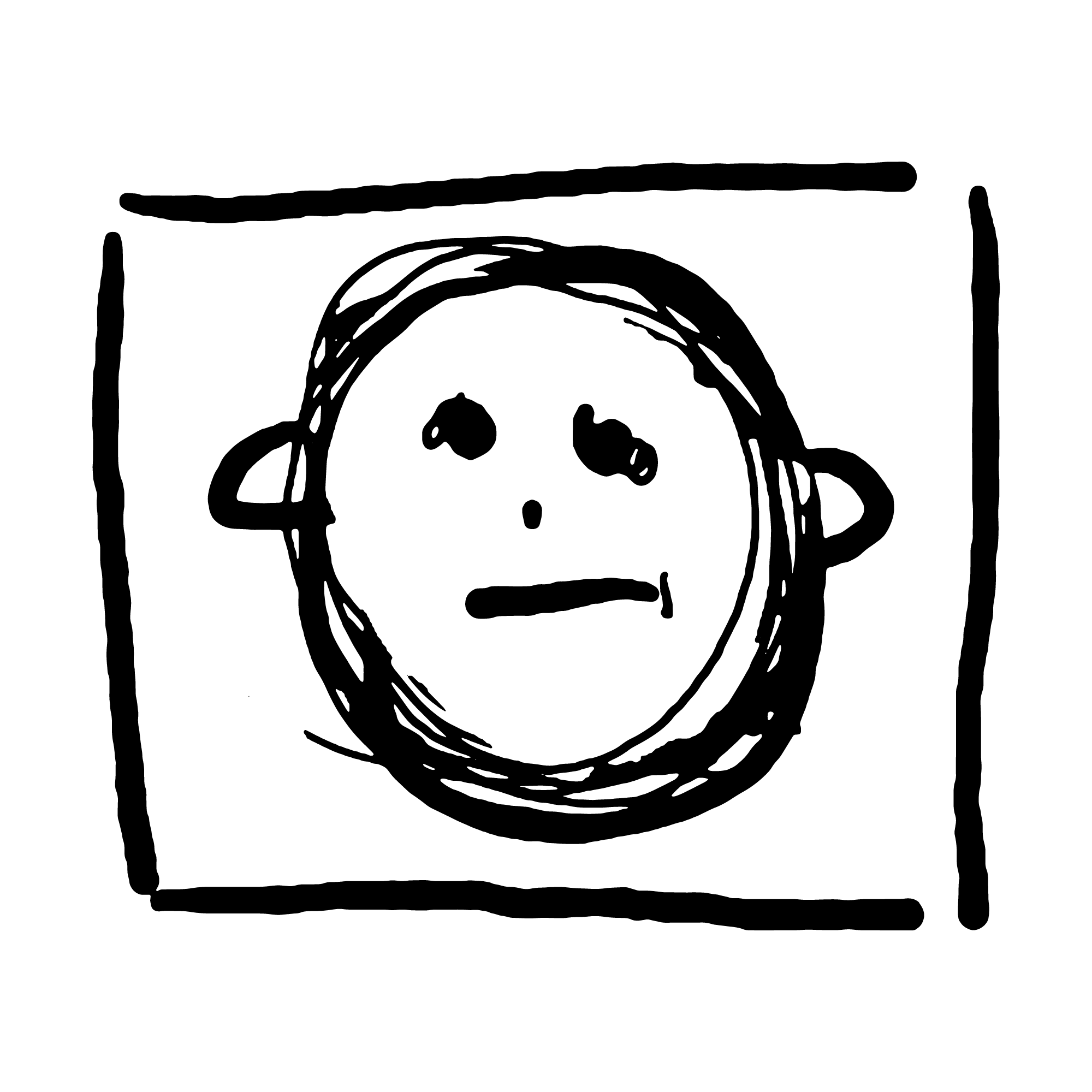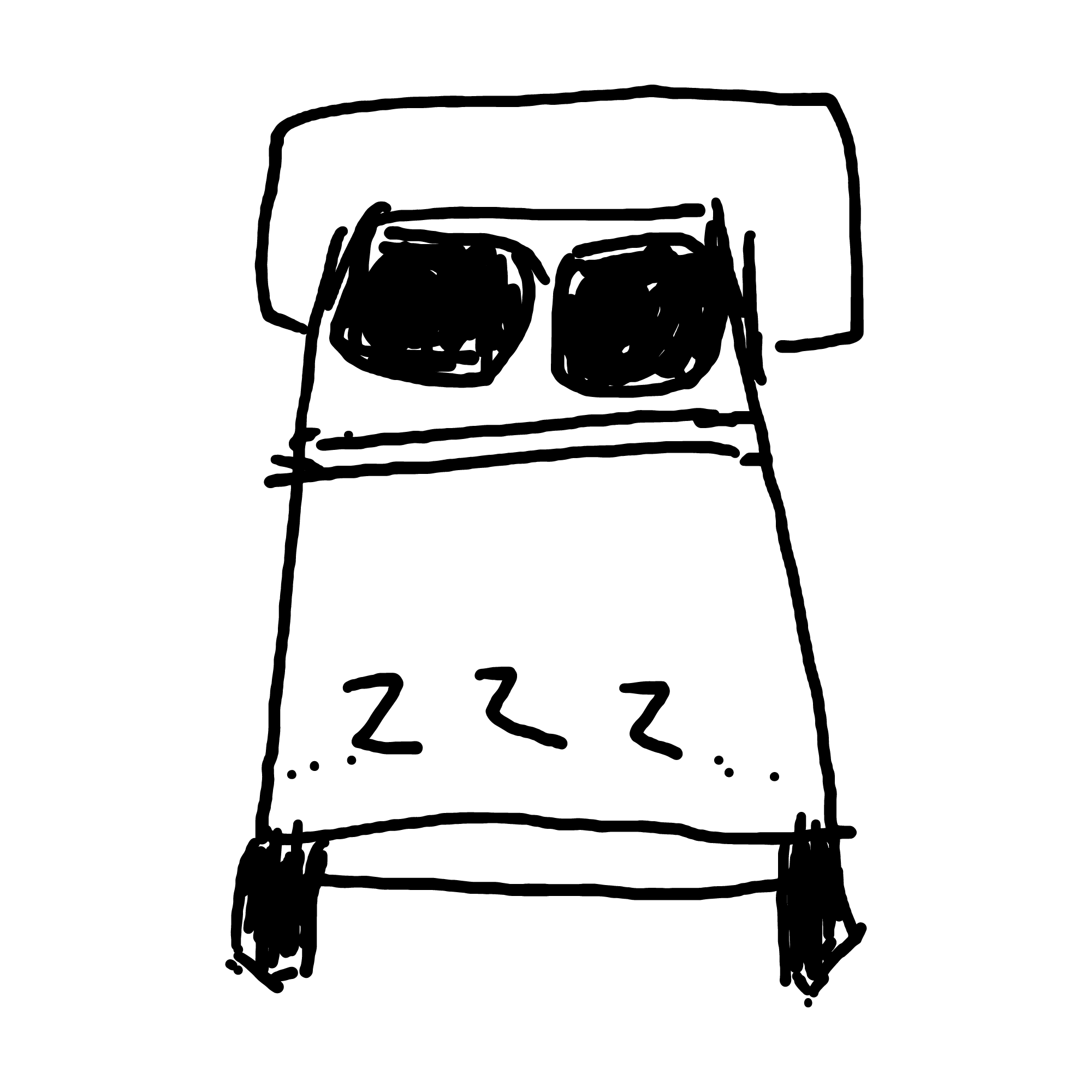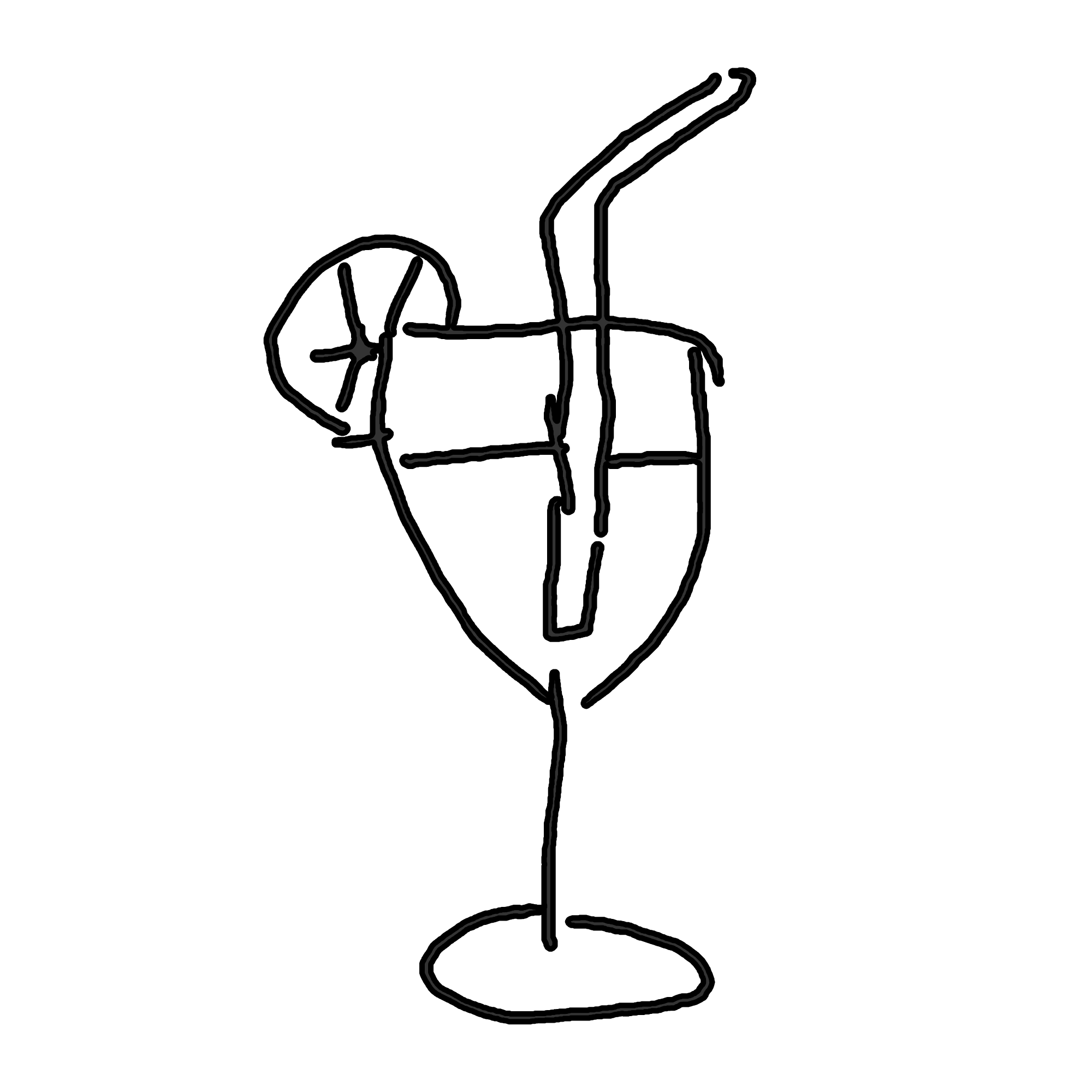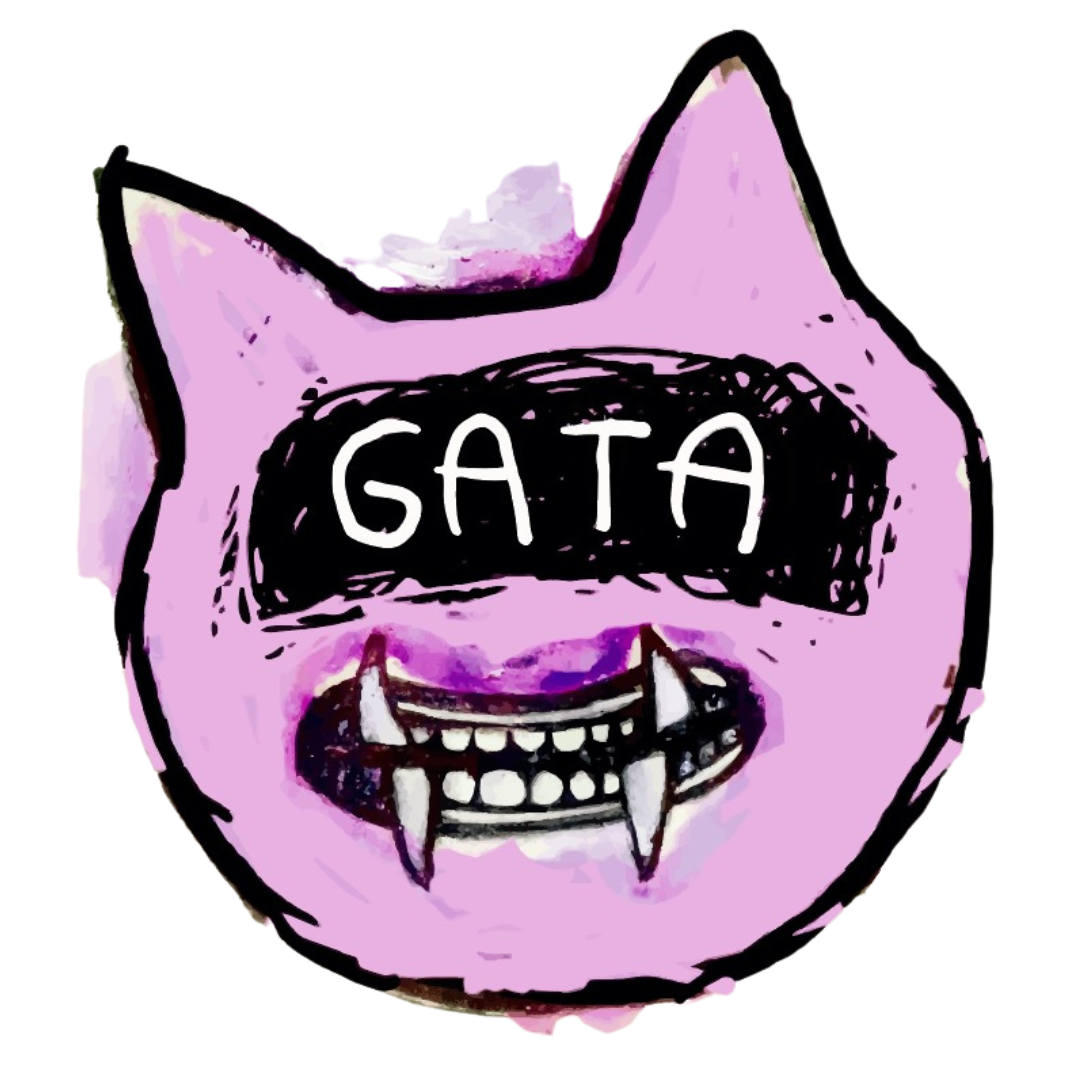
Mostra in corso

I nostri servizi

Galleria d'arte
Il nostro spazio espositivo, la nostra Galleria, si suddivide in tre aree, su due piani, in uno spazio totale di 80mq.

Residenza Artistica
GATA Galleria Taranto è anche un B&B provvisto di tre camere matrimoniali ed un laboratorio a disposizione degli artisti.

Bar
All’interno della nostra struttura troverete anche il bar, un angolo di rifornimento energetico che accompagnerà gli show.
“Dada is not dead”
Il collettivo artistico Dott. Porka’s, nasce alla fine degli anni ’90 con fumetti auto prodotti e street TV. Pionieri italiani del “interventionism” urbano, i Dott. Porka’s sviluppano performance street-photo e sperimentano con la street art, da cui si allontanano progressivamente a causa della sua istituzionalizzazione, per esplorare nuove strade nel muralismo contemporaneo.
Questo solo show “Dada is not dead”, riprende una serie di mostre avviate nel 2018, poi interrotte dal Covid, volte a celebrare i diciotto anni di attività dei Dott. Porka’s. Il titolo della serie richiama i dadaisti, una delle correnti ideologiche, insieme al situazionismo, che influenzano la loro ricerca artistica.
La linea che lega i lavori proposti è quello del reale violato dall’uomo e delle storture imposte da questo all’ambiente circostante che viene di volta in volta blindato come “zona rossa” e reso inaccessibile dopo l’abuso. In Italia le “zone rosse” sono migliaia. Spazi sequestrati per i motivi più disparati: frane, smottamenti, terremoti, scorie tossiche, controversie giudiziarie. L’inaccessibilità imposta consente alle autorità di potersene “dimenticare”. Sono gli spazi in cui diventa tangibile quella che Pasolini definiva “l’operare del Potere che ci è estraneo con le sue finalità militari ed economiche che ci coinvolgono passivamente e quindi con violenza”. (Il Tempo, 9 agosto 1969). Quell’agire violento che istituisce zone rosse per sottrarre un territorio ai suoi abitanti ed assolvere l’operato del Potere.
Tra le pubblicazioni che li includono come esponenti di una nuova corrente espressiva figurano “Future Images” di Mario Cresci (2008), “Exploit” di Giorgio De Finis et al. (2015), e “Platform for Change” della FARM Cultural Park. Le loro opere sono state esposte in festival e mostre internazionali in Europa, Stati Uniti e Brasile, e hanno rappresentato l’Italia al “Festival du Film Italien” di Villerupt in Francia.
The artistic collective Dott. Porka’s was born in the late 90s with self-produced comics and street TV. Italian pioneers of urban “interventionism”, Dott. Porka’s develop street-photo performances and experiment with street art, from which they gradually distanced themselves due to its institutionalization, to explore new paths in contemporary muralism.
The exhibition “Dada is not dead” resumes a series of exhibitions started in 2018, then interrupted by Covid, aimed at celebrating the eighteen years of activity of Dott. Porka’s. The title of the series recalls the Dadaists, one of the ideological currents, together with Situationism, that influence their artistic research.
The line that links the proposed works is the reality violated by man and the distortions imposed by this to the surrounding environment that is consequently sealed off as a “red zone” and made inaccessible after the abuse. In Italy there are thousands of “red zones”. Spaces seized for the most disparate reasons: landslides, mudslides, earthquakes, toxic waste, legal disputes. The inaccessibility of the setting allows the authorities to “forget” about them. These are the spaces in which what Pasolini defined as “the operation of Power that is foreign to us with its military and economic purposes that involve us passively and therefore with violence” (Il Tempo, 9 August 1969) becomes tangible. That violent action that establishes red zones to take away a territory from its inhabitants and absolve the work of Power.
Among the publications that include them as exponents of a new expressive current are “Future Images” by Mario Cresci (2008), “Exploit” by Giorgio De Finis et al. (2015), and “Piattaforma per il cambiamento” by FARM Cultural Park. Their works have been exhibited at international festivals and exhibitions in Europe, the United States and Brazil, and they represented Italy at the “Festival du Film Italien” in Villerupt, France.
“Just Paper”
“Just Paper” è un’espressione che sminuisce l’importanza di qualcosa ormai tanto radicata nella nostra cultura e nel nostro essere: il denaro. Considerando quest’ultimo “solo carta”, Rocco Cardinale ci porta a riflettere su tutte quelle dinamiche che sono alla base del nostro motore sociale e morale; motore che caratterizza i nostri pensieri, che contamina le nostre azioni e che cambia il modo di relazionarci con ciò che ci circonda. Una definizione che, oltre a smontare l’idea di “potere” che attribuiamo a questo “male sociale”, comunque ritenuto necessario, permette di scomporre e analizzare l’artefatto significato del denaro, mezzo e limite umano, la cui materia, la carta appunto, diventa uno strumento al servizio della visione di Cardinale, che lo adopera per la gran parte dei lavori presentati in questa personale. Una serie di opere che coinvolge la pittura con chiari elementi di street art, la scultura di ispirazione classica con aspetti e materiali contemporanei, i simboli e il disegno con testi e parole, talvolta cancellati, ma ancora leggibili; opere che ci parlano di lavoro, di industria, di condizione sociale, rappresentando l’uomo moderno mediante un personale e sincero ritratto.
“Just Paper” is an expression that belittles the importance of something now so ingrained in our culture and our being: money. Considering the latter “only paper”, Rocco Cardinale leads us to reflect on all those dynamics that are at the basis of our social and moral engine; engine that characterizes our thoughts, which contaminates our actions and which changes the way we relate to what surrounds us. A definition which, in addition to dismantling the idea of “power” that we attribute to this “social evil”, however deemed necessary, allows us to break down and analyze the artificial meaning of money, a human means and limit, whose material, paper precisely, it becomes an instrument at the service of Cardinale’s vision, who uses it for most of the works presented in this solo show. A series of works that involves painting with clear street art elements, classically inspired sculpture with contemporary material aspects, symbols and drawing with texts and words, sometimes erased, but still legible; works that tell us about work, industry, social condition, representing modern man through a personal and sincere portrait.
Rocco Cardinale nasce nel 1981, a Taranto, antico centro greco del sud Italia, oggi famoso ai più per il suo grande polo industriale. Influenzato dall’arte murale/graffiti, dalla cultura di strada degli skater e dai writers, dal movimento dei fumetti underground e dalle realtà urbane, inizia a realizzare adesivi, fumetti, a dipingere su superfici come skateboard e tavole da surf, ma la sua evoluzione, che lo mette in dialogo tra la “Transavanguardia” italiana ” e il “Neoespressionismo”, inizia quando si trasferisce a Las Palmas de Gran Canaria, Spagna, nel 2007. Qui incontra molti artisti esperti e inizia a lavorare nello studio “Soppa de Azul” moltiplicando la sua produzione. Il suo lavoro si concentra sulla condizione dell’uomo moderno nella società contemporanea. Combina nel suo stile disegno e pittura, tecniche miste su diversi supporti, strumenti utilizzati per la scomposizione della figura. A volte utilizzando parole graffiate ma ancora leggibili nei suoi collage pieni di potenza e pathos, la sua arte ci racconta sentimenti forti e sensazioni profonde.
Ultimi eventi:
2024-Mostra collettiva “Cajas para un sueño”; Casa Africa, Las Palmas de Gran Canaria, Spagna.
2024-Fiera d’Arte Contemporanea; Fiera d’arte CPH, Copenaghen, Danimarca.
2023-Mostra collettiva “Feat. Progetto”; Fondazione CAI, Saragozza, Spagna.
2023-Mostra collettiva “Feat. progetto”; Galleria d’Arte 95, Madrid, Spagna.
2022/23-Mostra personale “Senza parole”; GATAGalleriaTaranto,Taranto, Italia.
Rocco Cardinale was born in 1981, in Taranto, an ancient greek center in the south of Italy, today famous to the most for its big industrial center. Influenced by the mural/graffiti art, the skaters street culture and writers, the underground comics movement and urban realities, he starts making stickers, comics, painting on surfaces like skateboards and surfboards, but his evolution, that puts him into dialogue between the italian “Transavanguardia” and the “Neoespressionismo”, starts when he moved to Las Palmas de Gran Canaria, Spain, in 2007. Here he met a lots of expert artists and started working in a studio “Soppa de Azul” multiplying his production. His work focuses on the modern man condition in the contemporary society. He combines in his style drawing and paintings, mixed media on different supports, instruments used to the decomposition of figure. Sometimes using scratched but still legible words in his collage full of power and pathos, his art tells us about strong feelings and deep sensations.
Last events:
2024-Collective exhibition “Cajas para un sueño”; Casa Africa, Las Palmas de Gran Canaria, Spain.
2024-Contemporary Art Fair; CPH Art Fair, Copenhagen, Denmark.
2023-Collective exhibition “Feat. Project”; CAI Foundation, Zaragoza, Spain.
2023-Collective exhibition “Feat. project”; Art Gallery 95, Madrid, Spain.
2022/23-Solo Show “Speechless”; GATA Galleria Taranto, Taranto, Italy.
Orodè
Storie di seduzione”
In mostra, una serie di ritratti, in particolare corpi femminili, che Orodè stesso dichiara dichiara di “vivisezionare”, alimentando la sua continua ricerca di un’anima celata dietro l’apparenza. Corpi quindi, volti, ritratti di modelle, di donne amate, superfici musive o pittoriche che aggrediscono lo spettatore con tutta la forza della loro intensità cromatica e del loro aspetto per nulla edulcorato e rassicurante. I riferimenti sono tanti, da Egon Schiele fino al fumetto, tra ironia e riferimenti colti. Comune denominatore è l’eros, forza travolgente che ci attrae e ci spinge a compiere l’impossibile.
Per quanto riguarda la pittura, in mostra due opere su carta di medio formato, “Nudità assoluta” e “Gigolò” e una pittura su carta di grandi dimensioni, “Marilyn”, realizzata nel 2010, a Lecce, nella Galleria Il Grifone, con le musiche del flautista Gianluca Milanese e le letture dell’attore Simone Franco. La forte matrice espressionista del lavoro pittorico è in qualche modo contrapposta e necessaria alla produzione musiva avviata dal 2000 (Opere permanenti nella Casa-Museo Vincent City, Guagnano). Orodè Deoro, interpreta il mosaico nella sua personalissima maniera, utilizzando consapevolmente il materiale ceramico perché più affine alle sue esigenze espressive. La sua pratica musiva si colloca nell’intersezione di quelle che potremmo estensivamente considerare due forme storiche del mosaico, l’opus sectile e il trencadìs. Tra i mosaici in esposizione, scanditi in campiture piatte e materiche a colori vividi, diversi nudi espliciti, come “Nudo con caffè”, “Lick me” e “L’eternità”, il mosaico con cui nel 2015 ha vinto la targa d’oro del Premio Arte, nella sezione scultura. Nel mosaico “Baccanale”, una scena erotica tra un fauno e una menade. Le figure sono scontornate, non inserite nel classico formato quadrangolare. Nel mosaico “Etra”, un esotico ritratto ideale della moglie di Falanto, il mitico fondatore di Taranto. Un chiaro omaggio alla Città, anche per via dell’uso dei colori rosso e blu dello stemma tarantino. In “Coppia mitologica”, due resti di statue, due corpi nudi, citando ciò che resta delle sculture antiche, quel bianco del marmo che a distanza di millenni continua ancora a sedurre. Tra i due corpi, la gamba di Eros, nascosto da un drappo. Due le sculture in mostra, “Testa”, un misterioso volto di donna in mosaico ceramico e pietra leccese, e “Zazen”, scultura in mosaico ceramico, alta 180 cm, realizzata ad hoc per questa esposizione. La seduzione che da il titolo alla mostra non è solo quella generata dai soggetti ritratti è anche frutto del fuoco sacro, della passione con cui l’artista lavora all’intarsio a mano ogni singola tessera e nel modo erotico in cui le dispone e incastra, una dopo l’altra, attraverso un uso personalissimo degli interstizi. La seduzione, per Orodè, è nella pratica stessa della sua tecnica musiva, in questo ricomporre con amore un’unità, un corpo unico, partendo da frammenti. In questo suo continuo cadere a pezzi, per rifare il mosaico, come atto d’amore, poiché, a sua detta, “tutto è per davvero solo per chi ama!”
“Stories of seduction”
On display, a series of portraits, especially female bodies, which Orodè himself declares to “vivisection”, fueling his continuous search for a soul hidden behind appearances. Therefore bodies, faces, portraits of models, of beloved women, mosaic or pictorial surfaces that attack the viewer with all the strength of their chromatic intensity and their appearance that is not at all sweetened and reassuring. The references are many, from Egon Schiele to comics, between irony and cultured references. The common denominator is eros, an overwhelming force that attracts us and pushes us to do the impossible.
As regards painting, on display are two medium-sized works on paper, “Absolute Nudity” and “Gigolò” and a large-sized painting on paper, “Marilyn”, created in 2010, in Lecce, in the Il Grifone Gallery, with the music of the flautist Gianluca Milanese and the readings of the actor Simone Franco.The strong expressionist matrix of the pictorial work is somehow opposed and necessary to the mosaic production started in 2000 (Permanent works in the Vincent City House-Museum, Guagnano). Orodè Deoro, interprets the mosaic in his very personal way, consciously using the ceramic material because it is more akin to his expressive needs. His mosaic practice lies at the intersection of what we could extensively consider two historical forms of mosaic, the opus sectile and the trencadìs.Among the mosaics on display, divided into flat backgrounds and materials in vivid colors, several explicit nudes, such as “Nude with coffee”, “Lick me” and “Eternity”, the mosaic with which in 2015 won the plaque of gold of the Arte Prize, in the sculpture section.In the mosaic “Bacchanal”, an erotic scene between a faun and a maenad. The figures are cut out, not inserted in the classic quadrangular format.In the mosaic “Etra”, an exotic ideal portrait of the wife of Falanto, the legendary founder of Taranto. A clear tribute to the City, also due to the use of the red and blue colors of the Taranto coat of arms.In “Mythological couple”, two remains of statues, two naked bodies, quoting what remains of ancient sculptures, that white marble that still continues to seduce after millennia. Between the two bodies, the leg of Eros, hidden by a drape.Two sculptures on display, “Head”, a mysterious woman’s face in ceramic mosaic and Lecce stone, and “Zazen”, a ceramic mosaic sculpture, 180 cm high, created ad hoc for this exhibition.
The seduction that gives the exhibition its title is not only that generated by the subjects portrayed, it is also the result of the sacred fire, of the passion with which the artist works on the hand inlay of each individual tessera and in the erotic way in which he arranges and fits them together, one after the other, through a very personal use of the interstices. Seduction, for Orodè, is in the practice of his mosaic technique itself, in this lovingly recomposing a unit, a single body, starting from fragments. In this continuous falling apart, to redo the mosaic, as an act of love, since, according to him, “everything is really only for those who love!”
Artlab Eyeland
Artlab Eyeland è un laboratorio di racconto dalla forte componente sociale, che da un’isola, la Città Vecchia di Taranto, irradia l’arte tutt’intorno. Artlab Eyeland declina l’arte in tutte le sue forme: musica, arte contemporanea, design, video, fotografia, street art, poesia, teatro.
Un progetto che è luogo di scambio culturale, che ingaggia il territorio in un dialogo continuo con un orizzonte internazionale, per la creazione di contenuti inediti e l’organizzazione di attività laboratoriali comunitarie. Per una riqualificazione urbana e sociale attraverso la produzione artistica.
Il progetto auspica la creazione di un museo con collezione permanente di progetti concepiti a Taranto, che ne raccontino l’evoluzione. In una terra che impone un cambio di prospettiva e di scala sul tempo, con la certezza che tornerà ad essere quella che era: il Porto del Mediterraneo.
Artlab Eyeland is a storytelling laboratory with a strong social member, who from an island, the old city of Taranto, radiates art all around. Artlab Eyeland declines art in all its forms: music, contemporary art, design, video, photography, street art, poetry, theater.
A project that is a place of cultural exchange, which engages the territory in a continuous dialogue with an international horizon, for the creation of unpublished content and the organization of community laboratory activities. For an urban and social redevelopment through artistic production.
The project hopes for the creation of a museum with a permanent collection of projects conceived in Taranto, which tell its evolution. In a land that imposes a change of perspective and scale on time, with the certainty that will return to being what it was: the Mediterranean port.
Galimberti
Geometrie surreali
Nell’opera di Galimberti, la polaroid concepita come “tessera quadrangolare” porta alla composizione in “forme geometriche diverse”: slittamento tanto della strumentazione quanto dell’intenzione, come è ovvio che sia, laddove il fotografo utilizza i tasselli per frantumare l’immagine, lasciando allo spettatore il compito di ricreare la forma originaria del soggetto ripreso.
“Situazioni di geometrie surreali nel reale” si legge in un’altro testo dell’autore. La geometria gioca un ruolo fondamentale in questa ricerca, a partire dalla forma stessa del singolo tassello attraverso il quale si costruiscono le orizzontali e le verticali che conferiscono il primo ritmo all’immagine. Vi è poi la geometria interna di ogni singolo scatto, che autonomamente trasferisce su di un piano astratto la concretezza del soggetto. Infine, la geometria complessiva dell’immagine, di volta in volta guidata da Galimberti verso forme circolari, vortici, con movimenti discendenti e ascensionali, vuoti e pieni che danno il ritmo ultimo e definitivo all’opera. E’ sempre lo stesso meccanismo, una variazione sul tema, dal particolare al generale e viceversa.
Si è spesso tentati di leggere l’opera di Galimberti come un gioco, una sorta di esercizio di stile, soffermandosi sull’indubbia abilità tecnica dell’autore. Si tratta però di una interpretazione solo parziale di una ricerca che si concentra anzitutto sulla natura del mezzo, e mira a forzarla sino ai limiti estremi da esso consentiti.
Allora, conviene ancora tornare alle situazioni di “geometrie surreali”, per porre l’accento sull’aggettivo, accettandone anche la connotazione storica. E’ stato proprio dei surrealisti il rivendicare la volontà di giungere alla subversion des images e al contempo l’affermare l’assoluta disponibilità della fotografia a piegarsi ai più diversi utilizzi e a indurre alle più svariate manipolazioni. Le sue infatti sono immagini che sovvertono l’ordine naturale della visione, sia attraverso le composizioni, sia attraverso le elaborazioni.
Surreal geometries
In Galimberti’s work, the polaroid conceived as a “quadrangular tile” leads to the composition in “different geometric shapes”: a shift of both the instrumentation and the intention, as it is obvious that it is, where the photographer uses the tiles to shatter the image , leaving the viewer the task of recreating the original shape of the subject being filmed.
“Situations of surreal geometries in reality” reads another text by the author. Geometry plays a fundamental role in this research, starting from the very shape of the single piece through which the horizontals and verticals are built which give the first rhythm to the image. Then there is the internal geometry of each single shot, which autonomously transfers the concreteness of the subject onto an abstract level. Finally, the overall geometry of the image, from time to time guided by Galimberti towards circular shapes, vortices, with descending and ascending movements, empty and full which give the final and definitive rhythm to the work. It is always the same mechanism, a variation on the theme, from the particular to the general and vice versa.
One is often tempted to read Galimberti’s work as a game, a sort of exercise in style, focusing on the author’s undoubted technical ability. However, this is only a partial interpretation of a research that focuses above all on the nature of the medium, and aims to force it to the extreme limits it allows.
So, it is still better to go back to the situations of “surreal geometries”, to put the accent on the adjective, also accepting its historical connotation. It was precisely the Surrealists to claim the will to reach the subversion of images and at the same time to affirm the absolute availability of photography to bend to the most diverse uses and to induce the most varied manipulations. His are in fact images that subvert the natural order of vision, both through compositions and through elaborations.
Albertini
IL ROSSO E IL FUOCO
Le ricerche dell’artista si focalizzano dapprima sul colore rosso, inteso come fuoco, energia. Realizza i cosiddetti quadri di fuoco (Tableaux Feu), animando tele monocrome rosse, con chiodi (Tableaux Clous), fil di ferro (Tableaux Fil de Fer), fiammiferi (Parcours d’Allumettes) e svariati materiali, dai ceri, alle reti di ferro. La sua concezione della pittura è metafisica: attraverso il rosso egli traspone sulla tela l’energia dell’anima. L’essere spirituale si rivela attraverso l’arte e nulla più del colore potrebbe rappresentare una tale forza. Elemento primordiale e dominante è il fuoco: un mezzo espressivo che a tutti gli effetti diventa la manifestazione fisica del suo colore rosso. Molti dei suoi lavori consistono in composizioni astratte create usando fiammiferi che vengono poi accesi producendo variazioni spontanee generate dalla natura della fiamma. Il processo con cui le opere sono create è intrinseco al gesto finale. Lo spettatore può chiaramente avvertire il manifestarsi della trasformazione. A tutti gli effetti la natura distruttrice del fuoco diventa creatrice di rinascita.
RED AND FIRE
The artist’s research focuses first on the color red, understood as fire, energy. He creates the so-called paintings of fire (Tableaux Feu), animating red monochrome canvases, with nails (Tableaux Clous), wire (Tableaux Fil de Fer), matches (Parcours d’Allumettes) and various materials, from candles, to nets of iron. His conception of painting is metaphysical: through red he transposes the energy of the soul onto the canvas. The spiritual being is revealed through art and nothing more than color could represent such a force. The primordial and dominant element is fire: an expressive means which in all respects becomes the physical manifestation of his red color. Many of his works consist of abstract compositions created using matches which are then lit producing spontaneous variations generated by the nature of the flame. The process by which the works are created is intrinsic to the final gesture. The viewer can clearly feel the manifestation of the transformation. In effect, the destructive nature of fire becomes the creator of rebirth.
Rocco cardinale
“SPEECHLESS”(AMMUTOLITO).
Il lavoro di Rocco Cardinale ci spinge a pensare alla contemporaneità nei suoi molteplici e vari aspetti. Il filo conduttore, che collega le immagini dipinte, disegnate, scritte e sentite, è una fedele raffigurazione dell’uomo condizionato dalla cultura contemporanea.
Ogni opera ritrae la lotta dell’essere umano contro la sua incomprensibile umanità: confusione, insicurezza, fama, potere, denaro e un’umanità schiava, sono rappresentati con pessimismo e cinismo, ma vogliono anche lasciare spazio a una visione antropocentrica di una società in itinere.
“SPEECHLESS”
Rocco Cardinale’s work makes us reflect on contemporaneity in its multiple and diverse segments of life. The conditioning that contemporary society exerts on human nature is the common thread that unites the painted, drawn, written and sentite images, in honest portraits of mankind.
Each artwork represents the struggle of the human being against his unrecognizable humanity: disorientation, insecurity, fame, power, money and a slave humanity are presented perhaps with pessimism and cynicism, but they also want to leave room for an improved vision of the contemporary.

